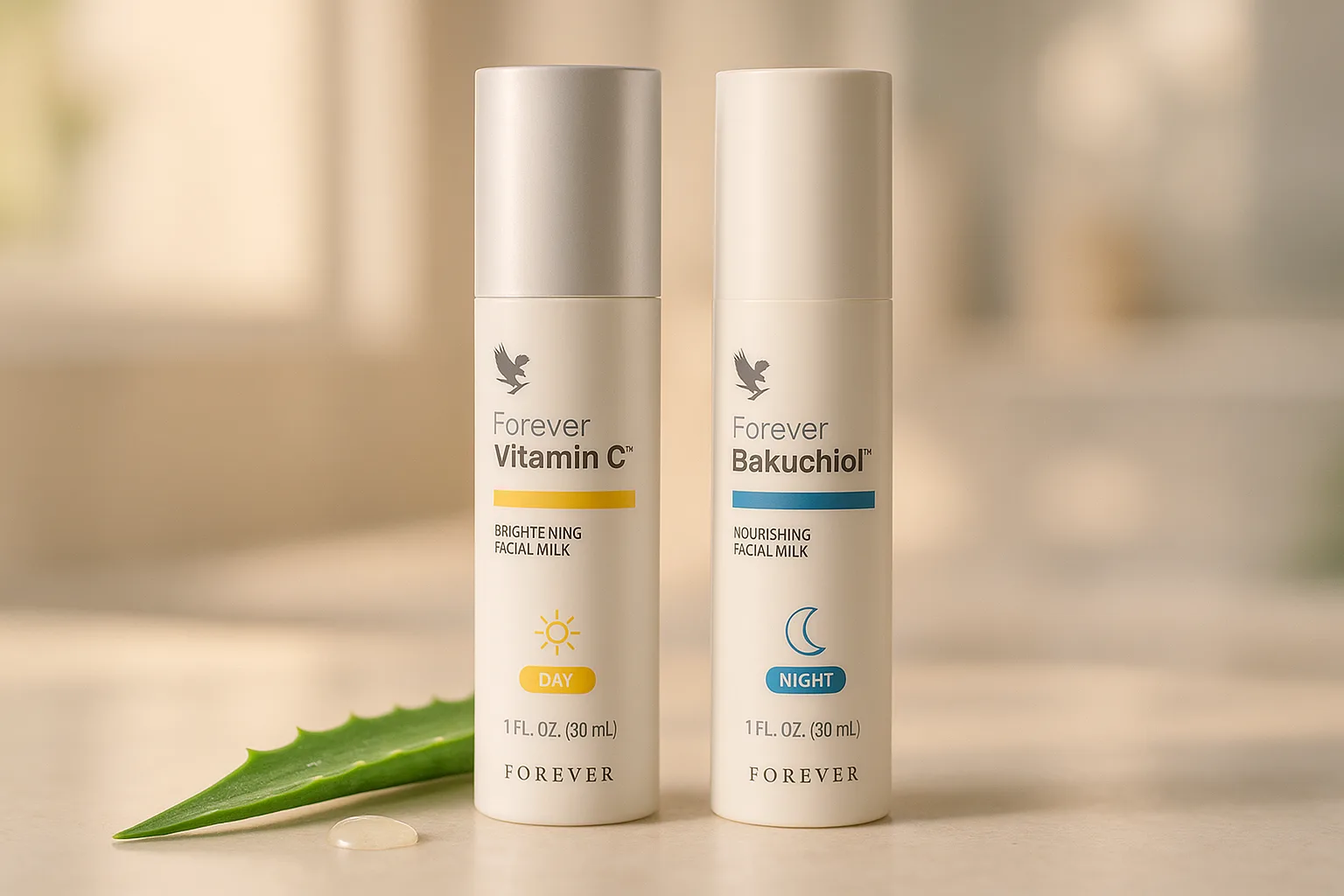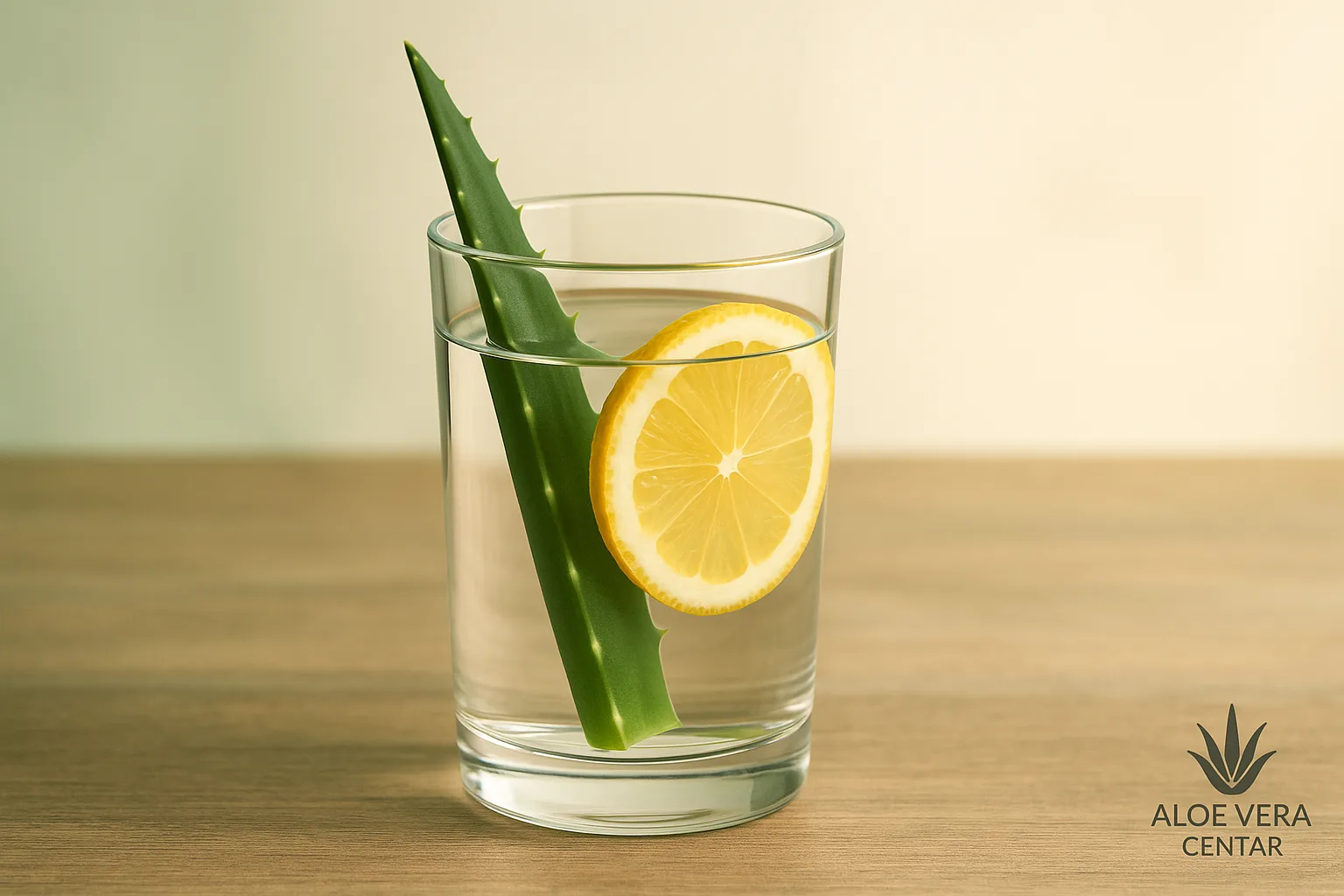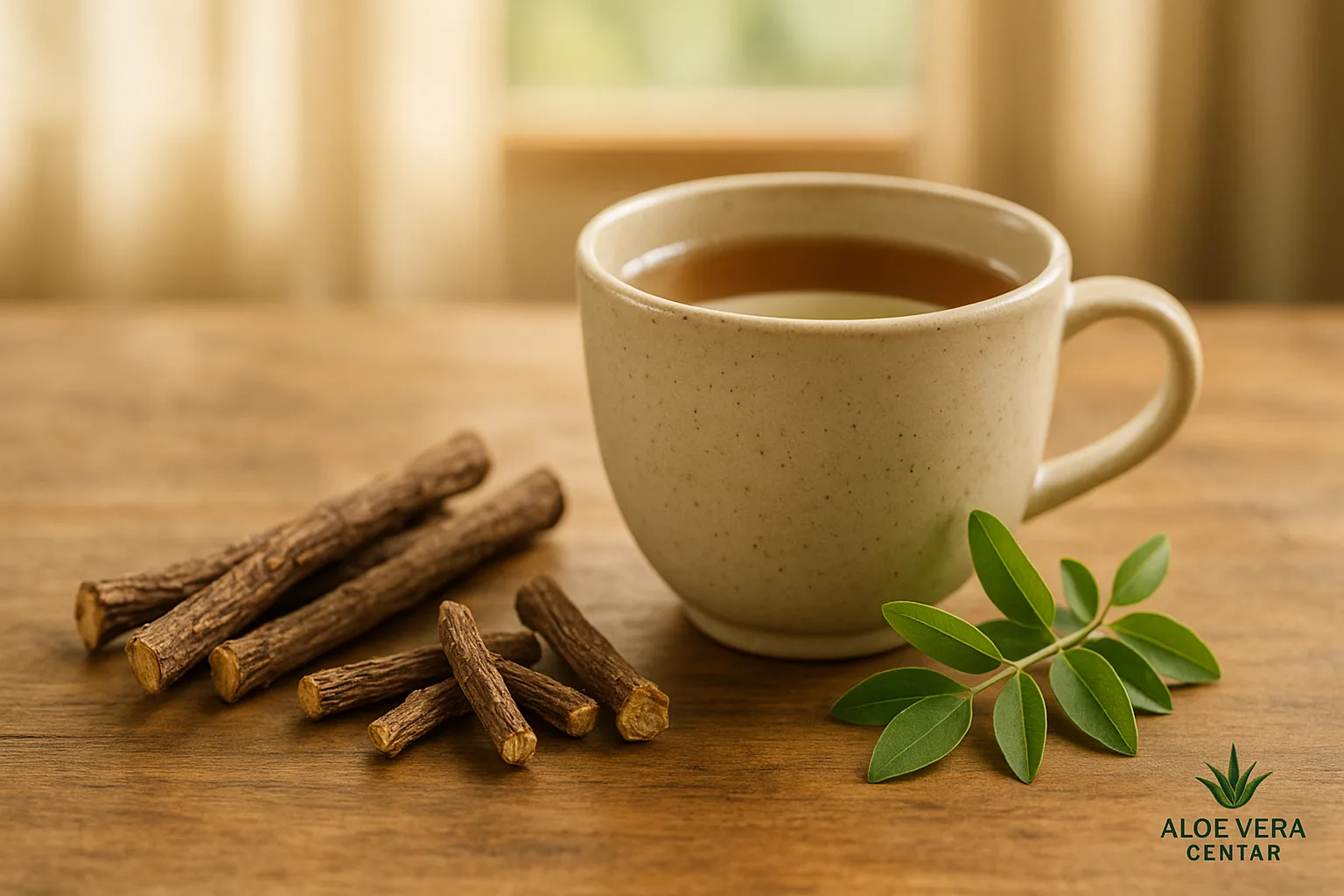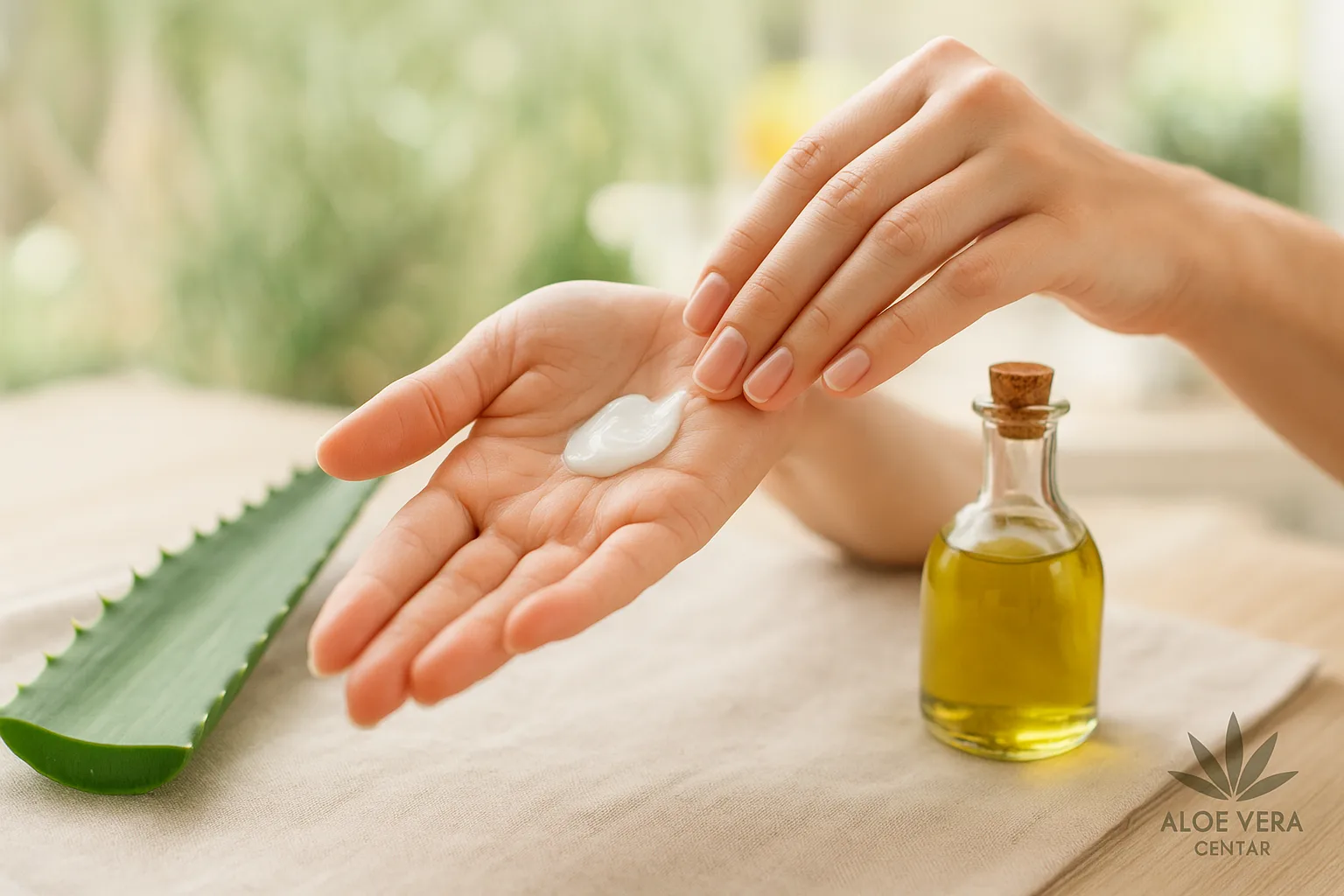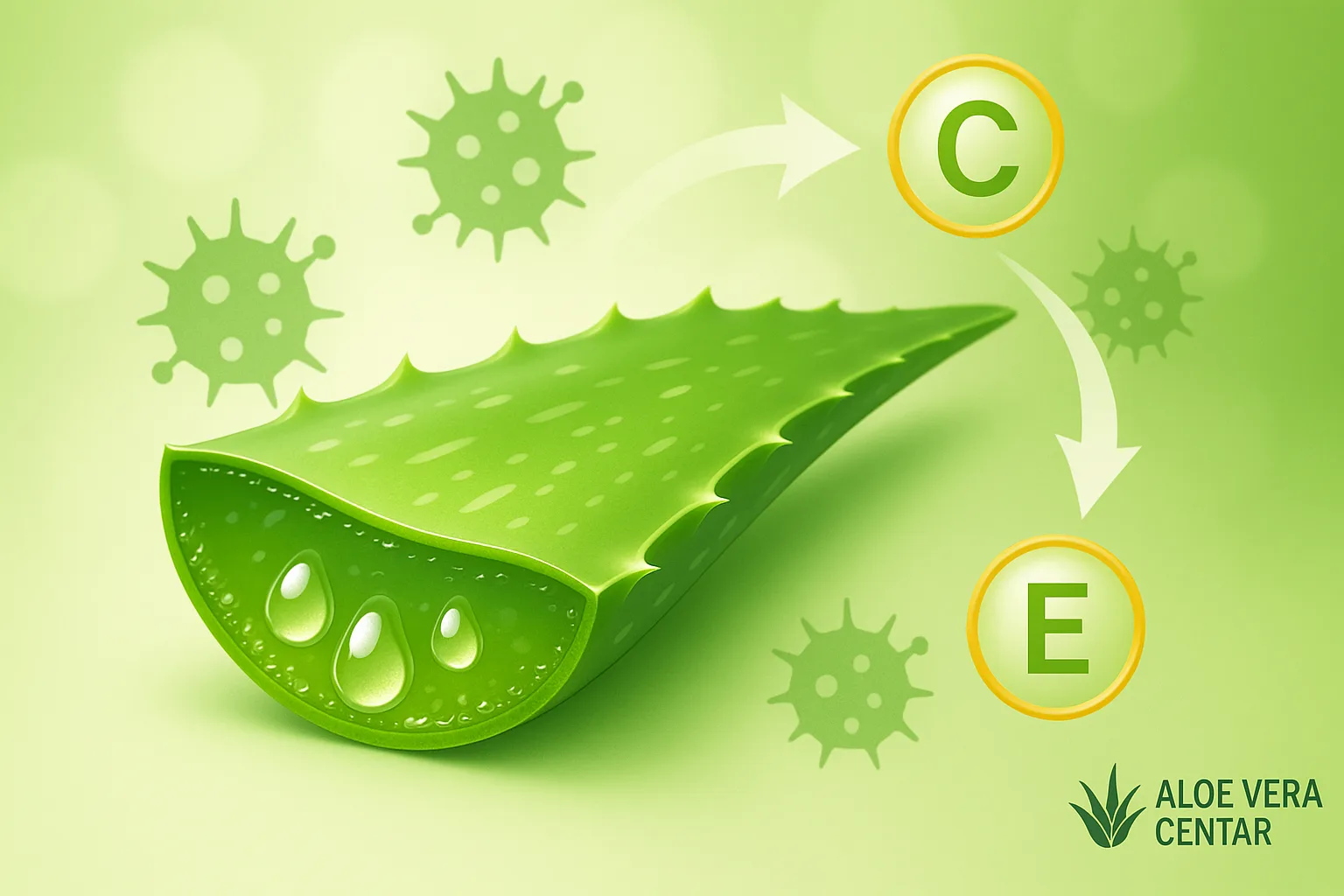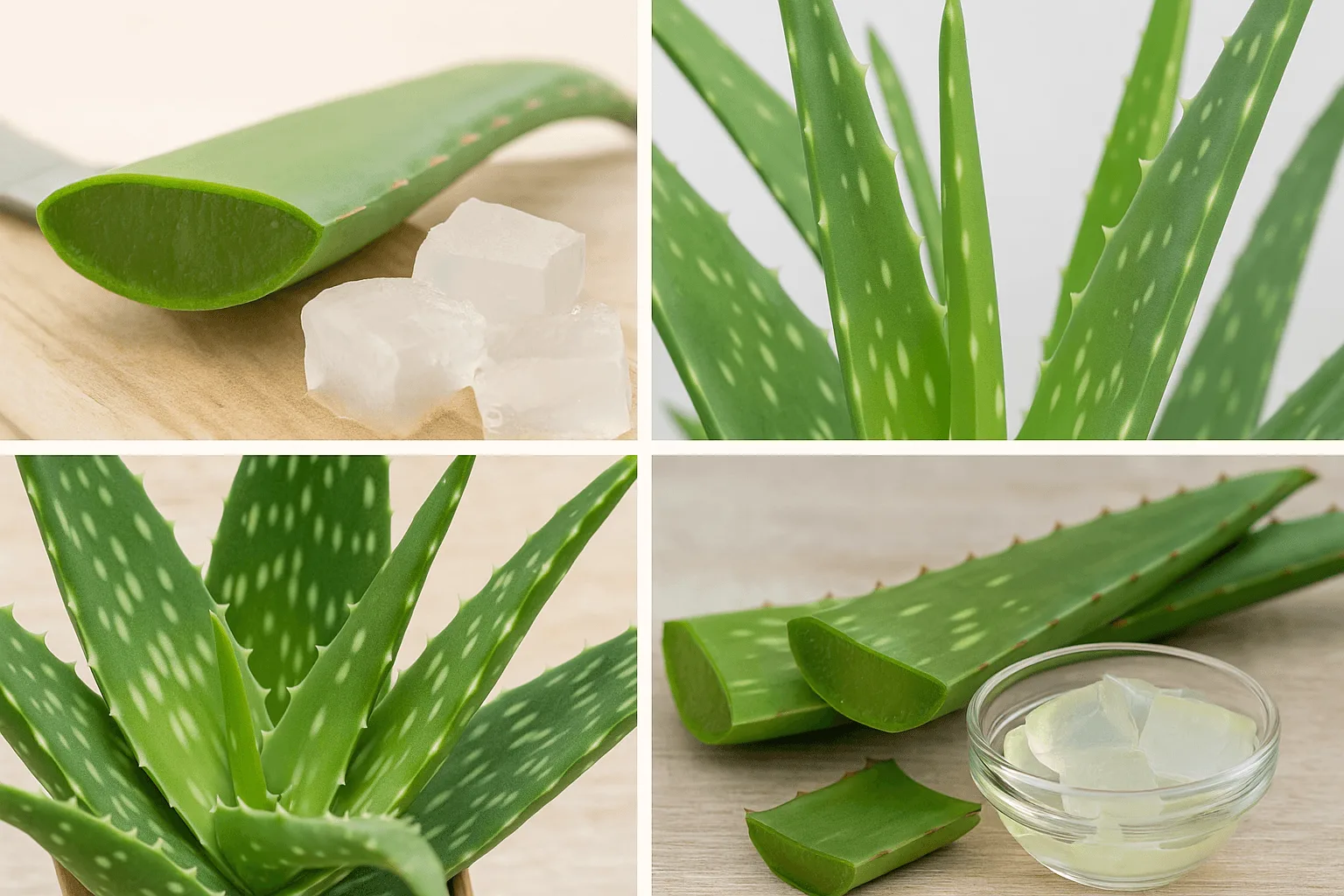
Differences between Various Types of Aloe: which is the most Effective and why?
Differences between Various Types of Aloe: which is most Effective?
Aloe vera has been valued and used for centuries for various purposes – from skincare to strengthening the body from within. However, when talking about “aloe,” many immediately think of a single plant, usually Aloe barbadensis Miller. In reality, there are numerous different types of aloe, each with its own characteristics in terms of appearance, composition, and potential benefits. In this article, we’ll explore the differences between various types of aloe and try to determine which might be most effective for specific purposes. We’ll also highlight ways aloe can be used in daily life, provide an overview of important scientific research, and, of course, present some products that include premium quality aloe, such as those from the Forever range.
The aim of this text is to offer a comprehensive yet understandable overview of topics related to the cultivation and application of various aloe types. We’ll discuss nutritional value, differences in chemical composition, and practical advice on how to recognize quality products in the market. If you’ve ever wondered why some aloes are used more in cosmetics while others in dietary supplements, or why everyone praises Aloe barbadensis Miller specifically, keep reading. At the end of the text, you’ll find an FAQ section and a conclusion with a call to action, where you can learn more about purchasing quality products. Enjoy discovering the world of aloe!
Overview of the most Common Aloe Types
The genus Aloe includes hundreds of species, but not all are equally well-known or widely used. In the market, we most commonly encounter several of them, each with specific characteristics:
Aloe Barbadensis Miller (Aloe Vera)
When people say “aloe,” the vast majority think of Aloe barbadensis Miller, often called “Aloe vera” in everyday speech. This is the most commercial and most researched variety. It’s characterized by fleshy, thorny leaves that yield a clear gel rich in vitamins (A, C, E, B-group), minerals (calcium, magnesium, zinc) and enzymes.
Scientific research confirms the anti-inflammatory, hydrating, and regenerative properties of Aloe vera. This is why it’s a favorite in the cosmetic industry and in the production of dietary supplements. Its advantage is also that the gel is relatively easy to cultivate and stabilize, making it available in the global market.
Aloe Arborescens
Aloe arborescens, also known as the “tree aloe,” is somewhat less widespread for mass production but is still quite popular in folk medicine, especially in some Eastern European and Asian cultures. It’s characterized by tree-like shrubby growth, and its leaves are narrower and longer than those of Aloe vera.
Its gel is also valued for its richness in polysaccharides, enzymes, and nutrients. Some studies suggest it contains a slightly higher concentration of acemannan, an important polysaccharide for strengthening immunity, though there are significantly fewer clinical studies than for Aloe vera. It’s often mentioned as an ingredient in home remedies for improving general health and digestive function.
Aloe Ferox
Aloe ferox originates from South Africa and is often called “bitter aloe.” As its name suggests, it has a distinctly bitter, laxative effect, which is why it’s more commonly found in digestive supplements. Its leaf is thicker and the thorns are sharper than those of Aloe vera, and the gel has a somewhat higher calcium and iron content.
Due to its pronounced bitterness, Aloe ferox is less commonly used in oral dietary supplements, unless the goal is specifically digestive cleansing. It’s less prevalent in cosmetics due to challenges in neutralizing its taste and smell. On the other hand, some highlight it as a better source of anthraquinones, which can have a laxative effect.
Other Varieties and Hybrids
Besides those mentioned above, there are numerous other species and hybrids – for example, Aloe juvenna, Aloe marlothii, and many ornamental varieties primarily grown as houseplants. Their use usually isn’t focused on wellness and cosmetics, as they’re characterized by lower gel quantities or less pleasant taste and aroma.
In short, while Aloe vera is by far the most widespread and thoroughly researched, other species also have their unique advantages, particularly Aloe arborescens and Aloe ferox for specific needs. The question “Differences between various types of aloe: which is most effective?” therefore doesn’t have a one-dimensional answer – it all depends on what you want to achieve by using aloe.
Nutritional Value and Key Ingredients
Regardless of the type, aloe leaves contain gel rich in water (up to 99%), but the remaining 1% contains over 75 known compounds with potential biological effects. These compounds include:
- Vitamins: A, C, E, B1, B2, B3, B6, B12 (in traces), folic acid
- Minerals: Calcium, magnesium, zinc, selenium, manganese, chromium and others
- Amino acids: Including essential ones (lysine, tryptophan, etc.)
- Enzymes: Amylase, lipase, cellulase, catalase and many others that help with digestion and detoxification
- Polysaccharides (e.g., acemannan): Particularly important for the immune system and cell regeneration
- Anthraquinones (e.g., aloin): Have a laxative effect, especially in the leaf rind
However, the proportion of certain compounds can vary significantly depending on the aloe type and growing conditions (soil quality, amount of sunlight, plant stress). For example, Aloe vera typically contains an optimal amount of polysaccharides and enzymes, making it the “gold standard” in commercial product manufacturing.
Therefore, the differences between various types of aloe are evident not only in taste or appearance but also in composition. Aloe arborescens may have higher mineral content, while Aloe ferox may have a higher concentration of anthraquinones. Ultimately, the most effective aloe for you depends on your goals (skin care, digestive support, detoxification, general wellbeing).
Clinical Research and Scientific Evidence
If we were to judge solely by the number of scientific papers and popularity, Aloe barbadensis Miller takes the main victory. On PubMed, there’s an enormous number of publications investigating the effects of this particular species, while literature on Aloe arborescens or Aloe ferox is rarer. Studies often highlight Aloe vera as effective for:
- Accelerating wound and burn healing
- Alleviating IBS (Irritable Bowel Syndrome) symptoms
- Potential reduction of inflammation and immune system support
- Skin care (hydration, reduction of acne and eczema)
Animal studies and in vitro studies show that many of these effects are related to the high content of acemannan, the main polysaccharide in Aloe vera. This substance has the ability to modulate immune response and support tissue regeneration.
Similarly, some studies on Aloe arborescens indicate its potential in strengthening the immune system and supporting digestion, but larger clinical studies in humans are lacking. Aloe ferox has a proven laxative effect thanks to higher concentrations of aloin and other anthraquinones, but its anti-inflammatory and regenerative properties are less researched.
Using Aloe in Everyday Life
Whether you choose Aloe vera, Aloe arborescens, or another variety, the method of consumption and external use is similar. Many users like to grow their own aloe in pots, but if you’re deciding on oral intake, care should be taken to remove the green rind that contains laxative substances. Here are several popular applications:
1. Oral Juice or Gel
The most common way to experience the internal benefits of aloe. Usually, 50-100 ml of pure aloe gel (or juice) is consumed daily, often with fruit juice added to soften the taste. When buying, it’s crucial to choose verified brands and high-percentage gels to avoid additional additives or sugars.
2. Topical Skin Application
Fresh leaf gel or commercial gels are often used for dry, irritated, or damaged skin care. Recommended for minor burns, scratches, and insect bites. Aloe ferox can be somewhat more intense for the skin, so Aloe vera is a better choice for daily use.
3. Mixtures with other Plants and Supplements
Many products on the market combine aloe with other herbs, such as chamomile or propolis, to enhance the synergistic effect on the immune system. For example, Aloe arborescens and propolis are often combined in tinctures for strengthening resistance.
Forever Products Based on Aloe
One of the most renowned producers of high-quality aloe is Forever Living. They’re known for their Forever Aloe Vera Gel, which contains a high percentage of Aloe barbadensis Miller from their own plantations. This aloe variety is at the center of their offering due to its optimal nutrient profile and clinically proven benefits.
Along with Forever Aloe Vera Gel, there are several other products:
- Forever Aloe Berry Nectar: A combination of aloe gel and fruit concentrates like cranberry and apple for better taste and additional antioxidants.
- Forever Aloe Peaches: Added peach makes this drink a favorite choice for children and those who prefer a sweeter taste.
- Forever Bright Toothgel: Natural toothpaste based on aloe vera, for gum and teeth care without harsh chemicals.
These products use Aloe barbadensis Miller, for which we have the most scientific data. If you want to try high-quality aloe from the Forever range, we suggest you visit the special offer in the official Forever store, where you can also get attractive discounts.
Why Specifically Aloe Barbadensis Miller?
As mentioned, Aloe barbadensis Miller has become the gold standard for good reason: abundant clinical research, relatively neutral taste, and stable concentration of beneficial ingredients make it the first choice for manufacturers and users. This doesn’t diminish the value of other varieties, which also have their place, but in terms of safety, availability, and level of evidence, Aloe vera takes the top spot.
Which Aloe is most Effective for You?
The answer to the question “Differences between various types of aloe: which is most effective?” depends on several factors:
- Purpose of use: Are you looking for a product for daily health maintenance, wound healing, or digestive detoxification? Aloe barbadensis Miller is usually best for daily use and skin care, while Aloe ferox has a stronger laxative effect.
- Taste and tolerance: Aloe vera has a mild bitterness that’s easily neutralized by adding fruit juices. Aloe ferox is more intense and often requires more caution in dosing.
- Availability and quality: Regardless of the variety, it’s crucial to choose products from reliable manufacturers who guarantee a high percentage of pure gel. Forever Living has an advantage here due to their own plantations and controlled production process.
If you want to get maximum benefits from aloe, you’ll probably choose Aloe vera (Aloe barbadensis Miller) from a verified source, like the Forever range. If you’re attracted to alternative varieties, you can try Aloe arborescens or Aloe ferox for specific purposes, but be prepared that you’ll find it harder to find detailed dosing and usage instructions.
Importance of Quality and Gel Stabilization
When buying aloe products, don’t neglect the stabilization process. Raw gel quickly oxidizes and loses some of its active ingredients, which is why quality brands use cold pressing and minimal processing to preserve as many nutrients as possible. Also pay attention to:
- Quality certificates (e.g., IASC – International Aloe Science Council)
- Percentage of pure aloe gel (preferably 90%+)
- No unnecessary additives (sugars, preservatives, artificial flavors)
If a product contains Aloe ferox, check if there’s a warning about possible laxative effects. Also, be aware that home-grown aloe won’t always provide the same concentration of active substances as controlled, professionally managed cultivation.
FAQ – Frequently Asked Questions
1. Is it Safe to Consume any Type of Home-Grown Aloe?
Not every aloe is suitable for oral use. Some ornamental varieties may have very high levels of anthraquinones or other substances that can cause diarrhea and irritation. Also, the green part (rind) of the leaf usually contains laxative aloin. If you’re unsure, better opt for a verified commercial product or Aloe barbadensis Miller from a reliable source.
2. Can Pregnant and Nursing Women Take Aloe as a Dietary Supplement?
Due to possible laxative effects and lack of sufficient research, pregnant and nursing women are often advised to exercise caution, especially with products containing aloe rind. If you’re considering taking aloe, be sure to consult with your doctor.
3. How much Aloe should be Consumed Daily?
The recommended dose depends on the product, concentration, and your goals. For Forever Aloe Vera Gel, usually 60-120 ml daily is advised. For other varieties (like Aloe ferox), smaller doses are needed due to stronger effects on digestion. Always follow the manufacturer’s instructions.
4. What Makes Forever Aloe Vera Gel Stand out from Others?
Forever Living controls the entire process – from growing Aloe barbadensis Miller on their own plantations to final gel stabilization. This ensures a high percentage of pure gel and minimal added ingredients. The products possess relevant quality certificates (IASC) and are the subject of numerous positive user reviews.
Conclusion
The world of aloe is far more complex than many think. Although “aloe” is often served to us as a single concept, there are indeed differences between various types of aloe – from composition, taste, and appearance to specific health benefits and effects on the body. While Aloe barbadensis Miller (Aloe vera) is definitely the most researched and widespread species, Aloe arborescens and Aloe ferox can also have valuable properties, especially if you’re looking for targeted laxative or immunomodulatory effects.
However, if you’re wondering “Which is most effective?” for the broader population and for everyday, long-term use, Aloe vera still leads. Thanks to numerous clinical studies and the availability of high-quality products, like those from the Forever Living range, you’ll most easily find accurate information, safe dosing, and guaranteed purity.
If you want to explore the wide range of products for skin care and overall body wellness that contain the best type of aloe, be sure to check out the special offer in the official Forever store and get a 15% discount. This ensures you and your family reliable, clinically supported quality, while also getting the opportunity to try various combinations of aloe with fruit and other plant extracts. Your body deserves only the best – so let nature offer you its precious gift through the right type of aloe, in the ideal form.
This content is not a substitute for professional medical advice. In case of serious or persistent health issues, consult a doctor or qualified nutrition expert.

